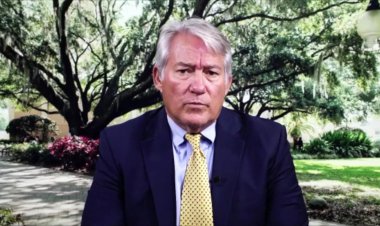Sierra Space's Dream Chaser Gears Up

Sierra Space's shuttle-like Dream Chaser has been put through its paces at a powerful NASA vibration facility that mimics conditions during launch and atmospheric reentry, officials said ahead of its planned first flight to the ISS this year.
The first space plane of a planned line, Tenacity, was completed at the company's factory in Louisville, Colorado in November and then shipped to NASA's Neil Armstrong Test Facility in Sandusky, Ohio.
There, it was exposed to the Mechanical Vibration Facility, the world's most powerful spacecraft shaker system, NASA said.
Next, it will be placed in a huge in-ground vacuum chamber where it will experience the ultra low and high temperatures of space, as well as low ambient pressure.
"We are really excited that this year, we will enter orbital operations for NASA. It is a year that we change how we connect Earth and space," Sierra Space's CEO Tom Vice told reporters at a press event where the spaceship was presented in "launch configuration," mated to its Shooting Star cargo module.
Dream Chaser bears a strong resemblance to Space Shuttle, the iconic NASA spacecraft that was decommissioned in 2011.
But it is far smaller, flies autonomously, has a revamped propulsion system based on clean-burning hydrogen peroxide, and is designed to be re-used up to 15 times.
Sierra Space, formerly Sierra Nevada Corporation, won a contract in 2016 to run resupply missions for NASA to the International Space Station.
The first flight will deliver cargo to the orbital complex at an unspecified date this year, fixed to the top of a new United Launch Alliance Vulcan Centaur rocket, which made its own debut flight in January.
Unlike SpaceX's Crew Dragon, a gumdrop-shaped capsule that floats down to the ocean on parachutes, Dream Chaser could in theory land at a runway anywhere in the world, a feature marketed as a selling point to clients that purchase services.












